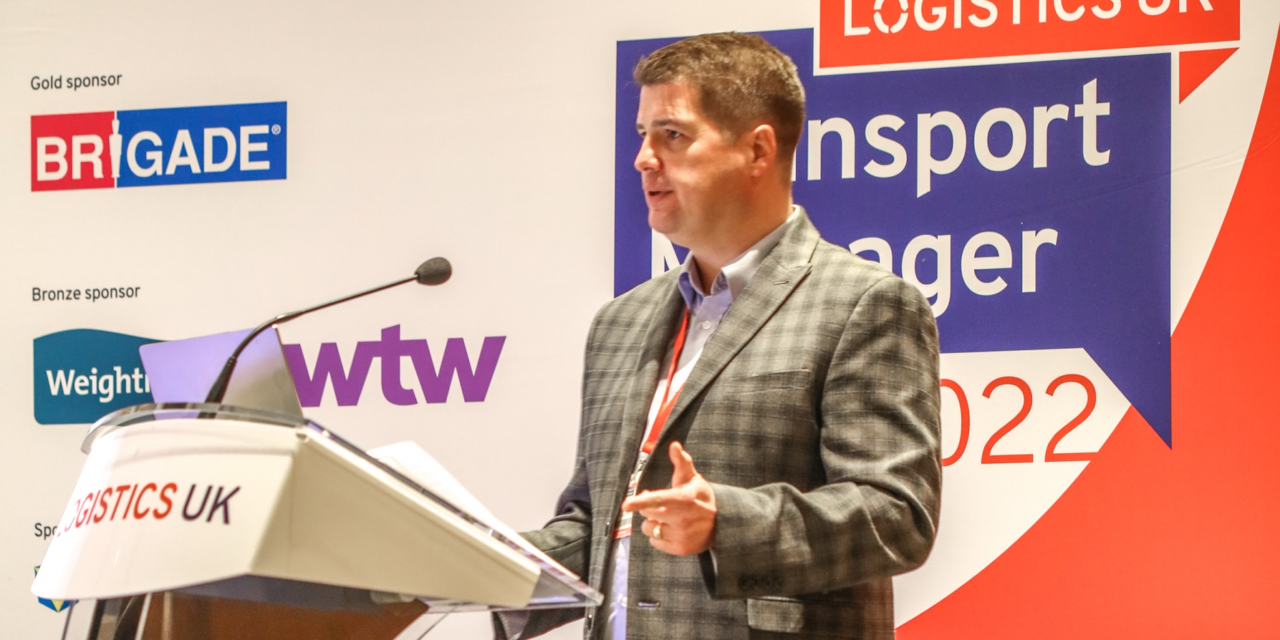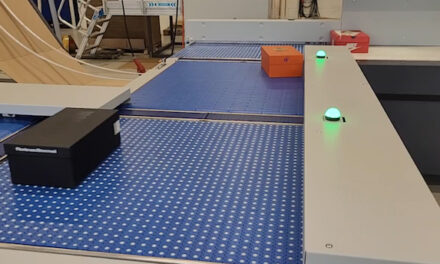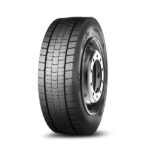Brigade Electronics took the stage at the CV Show’s live theatre in Birmingham last week to outline proposed changes to the Direct Vision Standard regulations and to highlight areas of concern.
The changes have been designed to introduce more stringent rules for mandatory safety equipment which supports a driver’s direct vision from a cab, reducing the risk of collisions with vulnerable road users.
James Ashford, Head of UK Connected Services at market-leading Brigade, said while the company applauded the efforts to vastly reduce accidents on the roads there were still areas of concern.
The regulations stipulate all false alerts – for example drawing the driver’s attention to a parked car or a bollard instead of pedestrian or cyclist – must be eliminated.
But Brigade says if enforced, drivers may end up colliding with stationary objects because the ability to warn the driver has been removed.
The proposals also include completely eliminating blind spots. But in the event of an incident Brigade is questioning how complete elimination is determined and who by – whether transport operators, manufacturers, or Transport for London.
James also raised concerns about the lack of technical specifications provided by Transport for London. Brigade is recommending in its consultation feedback that customers with systems fitted between 2022 and 2024 should have permit extensions to alleviate the current burden of costs on operators and to allow installers extra time to equip the vehicles adequately. A phased approach would also help to alleviate the issue of engineer shortages and the mammoth tasking of fitting all affected vehicles by the deadline.
Launched in the mid-1970s Brigade was the first company to introduce reversing alarms to the UK and over the decades has consistently been at the forefront of road safety.
Its SideScanâPredict side-detection system, designed for rigid vehicles, calculates the risk of impact at the side of an HGV and alerts drivers to potential dangers. It reduces false alarms by differentiating between moving objects such as pedestrians and cyclists to static objects such as parked cars and bollards.
Radar Predict is Brigade’s latest system which meets both DVS proposals and Regulation UN.151. Designed for articulated vehicles Radar Predict was launched at the CV Show and can detect whether the vehicle has a trailer, eliminating false alerts during articulation. It is also able to determine when a tractor is driving without a trailer and can adapt for vehicles carrying interchangeable trailers.
CAREYEâ is a premium AI camera that is also predictive, calculating the future course of motion of vulnerable road users or objects on the nearside of a vehicle and giving visual and / or audible warnings to the driver.
In 2022 more than 112,000 Direct Vision Standard permits, allowing operators of lorries over 12 tonnes to operate in most of Greater London, were issued among vehicles that met the one-star minimum requirement.
Next year the minimum requirement will rise to three stars. But even with three stars the number of new permits issued is expected to rise 165,000.
James said: “Easier and more efficient fitment times will be really important for DVS with TfL estimating 165,000 vehicles will need to be equipped by the deadline of October 2024. We will be urging operators to plan accordingly due to high demand for products and a shortage of engineers in the marketplace.”








